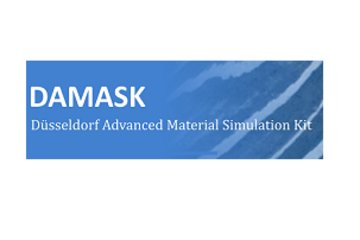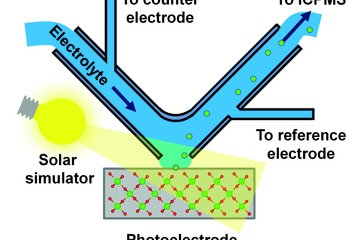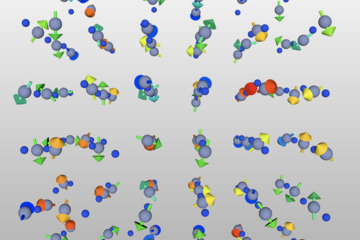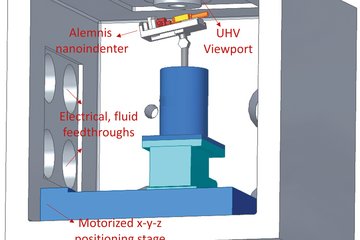All genres
1.
Journal Article
Interaction of platinum nanoparticles with graphitic carbon structures: A computational study. ChemPhysChem 14 (13), pp. 2984 - 2989 (2013)
2.
Journal Article
The impact of spectator species on the interaction of H2O2 with platinum – implications for the oxygen reduction reaction pathways. Physical Chemistry Chemical Physics 15 (21), pp. 8058 - 8068 (2013)
3.
Journal Article
Computational Study of Pt/Co Core-Shell Nanoparticles: Segregation, Adsorbates and Catalyst Activity. Journal of Physical Chemistry C 116 (29), pp. 15432 - 15438 (2012)
4.
Journal Article
Hydrogen peroxide electrochemistry on platinum: Towards understanding the oxygen reduction reaction mechanism. Physical Chemistry and Chemical Physics 14, pp. 7384 - 7391 (2012)
5.
Journal Article
Tensor decomposition in post-Hartree-Fock methods. I. Two-electron integrals and MP2. Journal of Chemical Physics 134 (5), 054118, pp. 1 - 12 (2011)
6.
Talk
Electrochemistry of H2O2 on platinum: Towards understadning ORR. Electrochemistry 2012 - Fundamental and Engineering Needs for Sustainable Development (GDCh Meeting), München, Germany (2012)
7.
Talk
Hydrogen peroxide electrochemistry on platinum: Towards understanding the oxygen reduction reaction mechanism. 63rd Annual Meeting of the International Society of Electrochemistry, Prague, Czech Republic (2012)
8.
Poster
Oxygen Reduction Reaction on Pt-Nanoparticles: A Density-Functional Based Study. 46th Symposium on Theoretical Chemistry, STC2010, Münster, Germany (2010)
9.
Poster
Oxygen Reduktion Reaction On Pt-Nanoparticles: A Density-Functional Based Study II. Electrochemistry 2010: From Microscopic Understanding to Global Impact, Ruhr-Universität Bochum, Bochum, Germany (2010)
10.
Poster
Oxygen Reduktion Reaction on Pt-Nanoparticles: A Density-Functional Based Study I. Electrochemistry 2010: From Microscopic Understanding to Global Impact, Ruhr-Universität Bochum, Bochum, Germany (2010)











